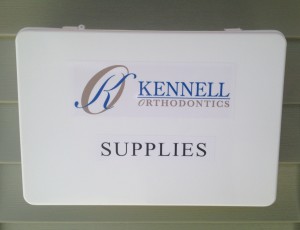Want another reason to SMILE during NATIONAL SMILE MONTH??
June 4th, 2015
Smile with Confidence!
May 21st, 2015
Did you know MAY is National Teen Self-Esteem Month?
May 7th, 2015
National Teen Self-Esteem Month was designed to focus more attention on the importance of teens having a healthy outlook of themselves! A great smile and healthy teeth are the best confidence builders you can have!
Click here for more information!




